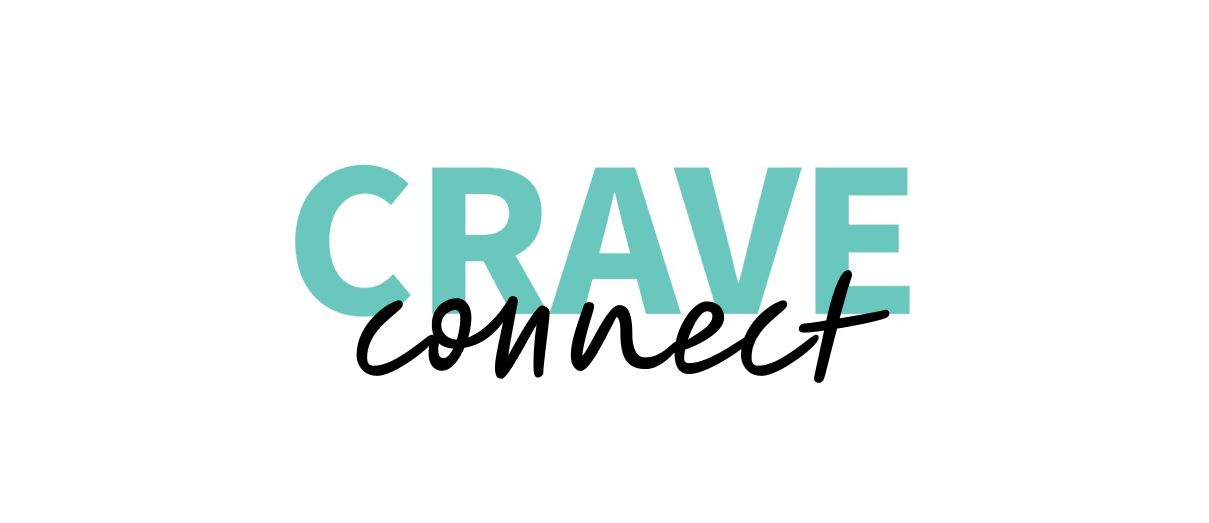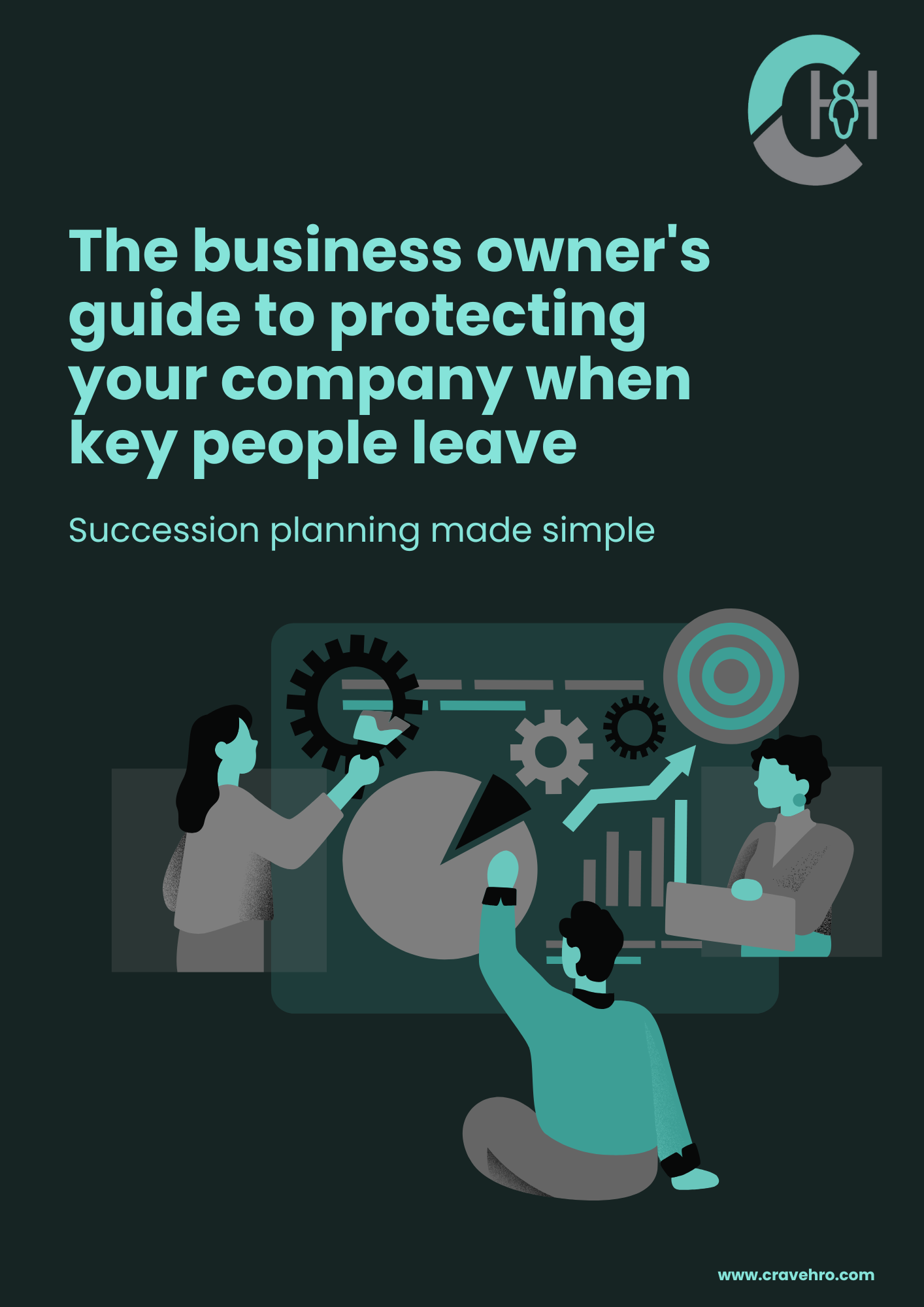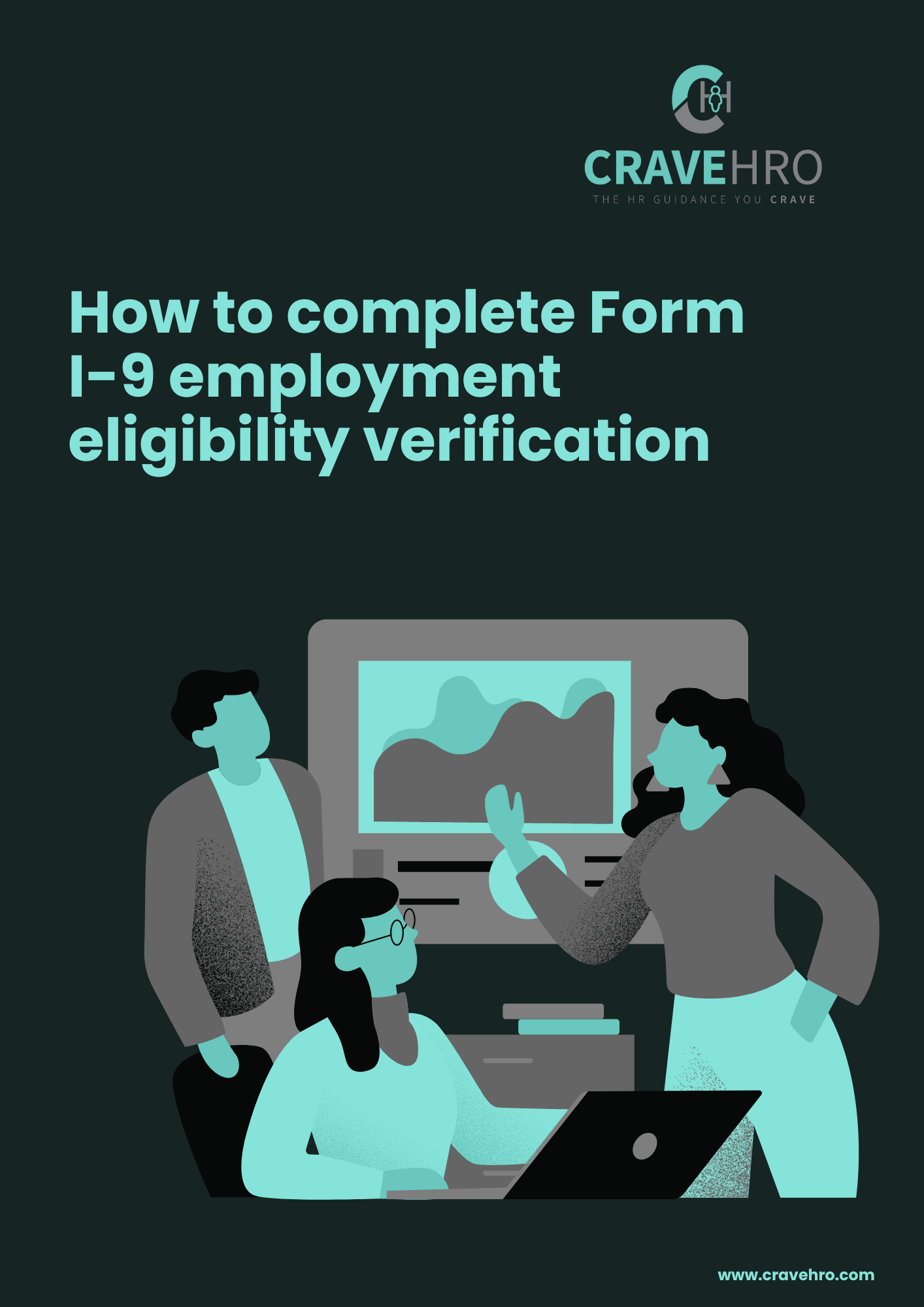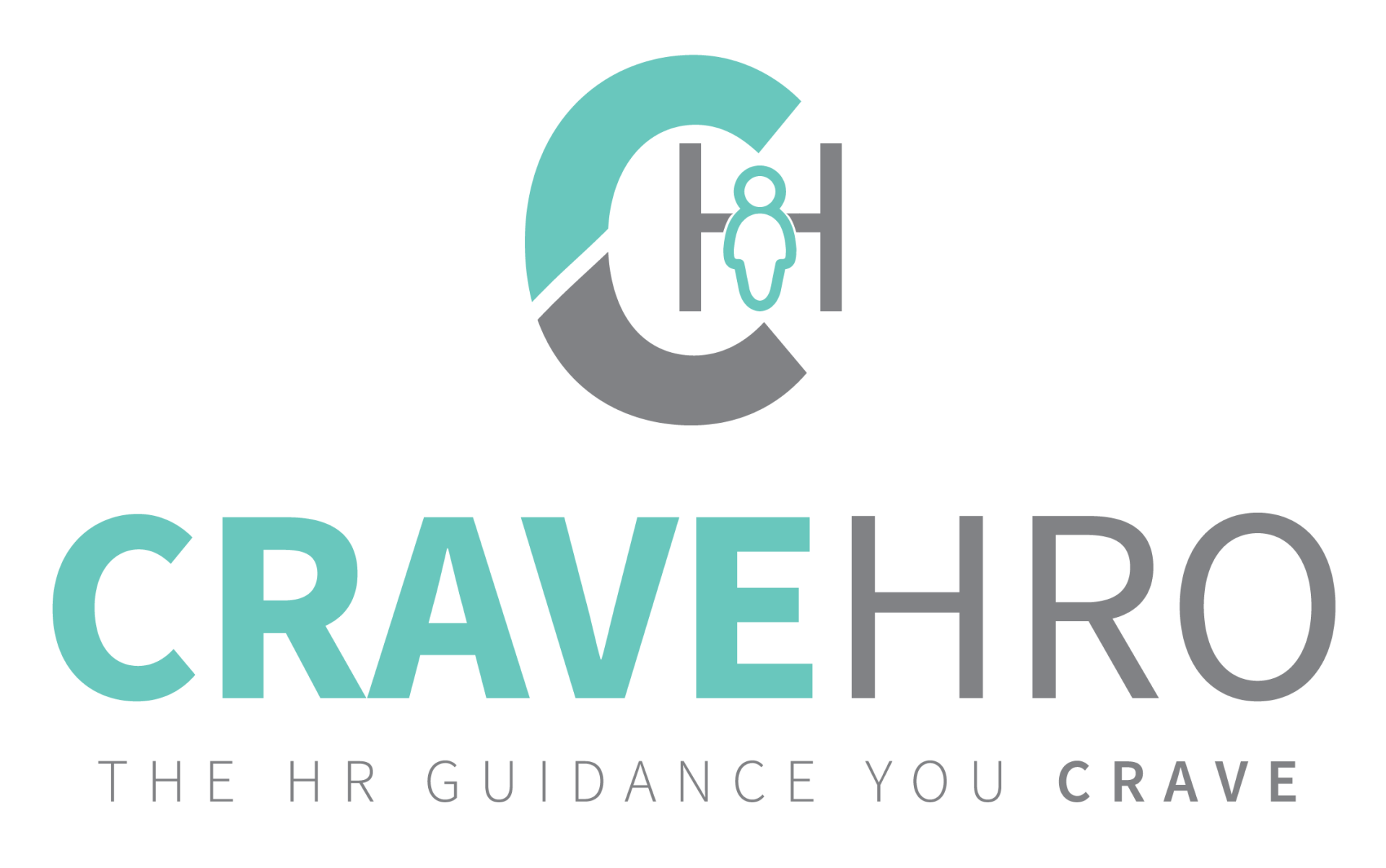
February 24, 2025
Let’s talk about something we’ve all come across in the workplace: banter.
The jokes, laughs and lighthearted digs make the workday a bit more fun.
But here’s the tricky part...What happens when banter crosses the line into bullying?
As an HR consultant, I’ve seen firsthand how blurred lines can create a toxic environment. And, while banter can be great for morale, the wrong kind of “banter” can have the opposite effect - damaging engagement, morale and, ultimately, your company culture.
What’s the difference between banter and bullying? Here’s the simplest way to think about it: banter makes everyone laugh and bullying makes someone feel small.
Banter: It’s mutual, lighthearted and doesn’t hurt anyone. Think of it as playful teasing, where both parties are in on the joke.
Bullying: It’s one-sided, persistent and can leave someone feeling embarrassed, excluded or even scared. It’s not always intentional, but the impact is what matters.The problem? What feels like “just banter” to one person can feel like bullying to another.
The ripple effect of crossing the line
When banter goes wrong, it doesn’t just affect the person on the receiving end. It has a knock-on effect on the entire workplace.
- Morale takes a hit
- Feeling targeted, even unintentionally, can leave someone feeling isolated and undervalued. And let’s be real—no one does their best work when they’re feeling that way.
- Engagement drops
- If people don’t feel safe or respected, they’ll disengage. They stop contributing, stop speaking up, and start counting the minutes until they can log off.
- Your culture suffers
- A culture that tolerates or ignores harmful behavior quickly becomes toxic. And when your culture goes downhill, so does everything else—teamwork, productivity and your ability to attract and retain talent.
How can you make sure banter doesn’t cross the line?
It all comes down to awareness and accountability. Here’s how to keep things in check:
- Set the tone from the top: When leaders are mindful of their words and actions, they set an example for the rest of the team.
- Provide training: Not everyone knows where the line is, so don’t assume they do. Workshops or discussions on respect in the workplace can go a long way.
- Have a zero-tolerance policy for bullying: Make it clear that harmful behavior won’t be ignored and back it up with action when necessary.
Need help navigating tricky workplace dynamics?
If you’re facing a situation where the line between banter and bullying seems a bit blurry, or you just want to ensure that your workplace culture stays on track, I’m here to help. Let’s chat about how to keep your team happy, engaged and thriving











